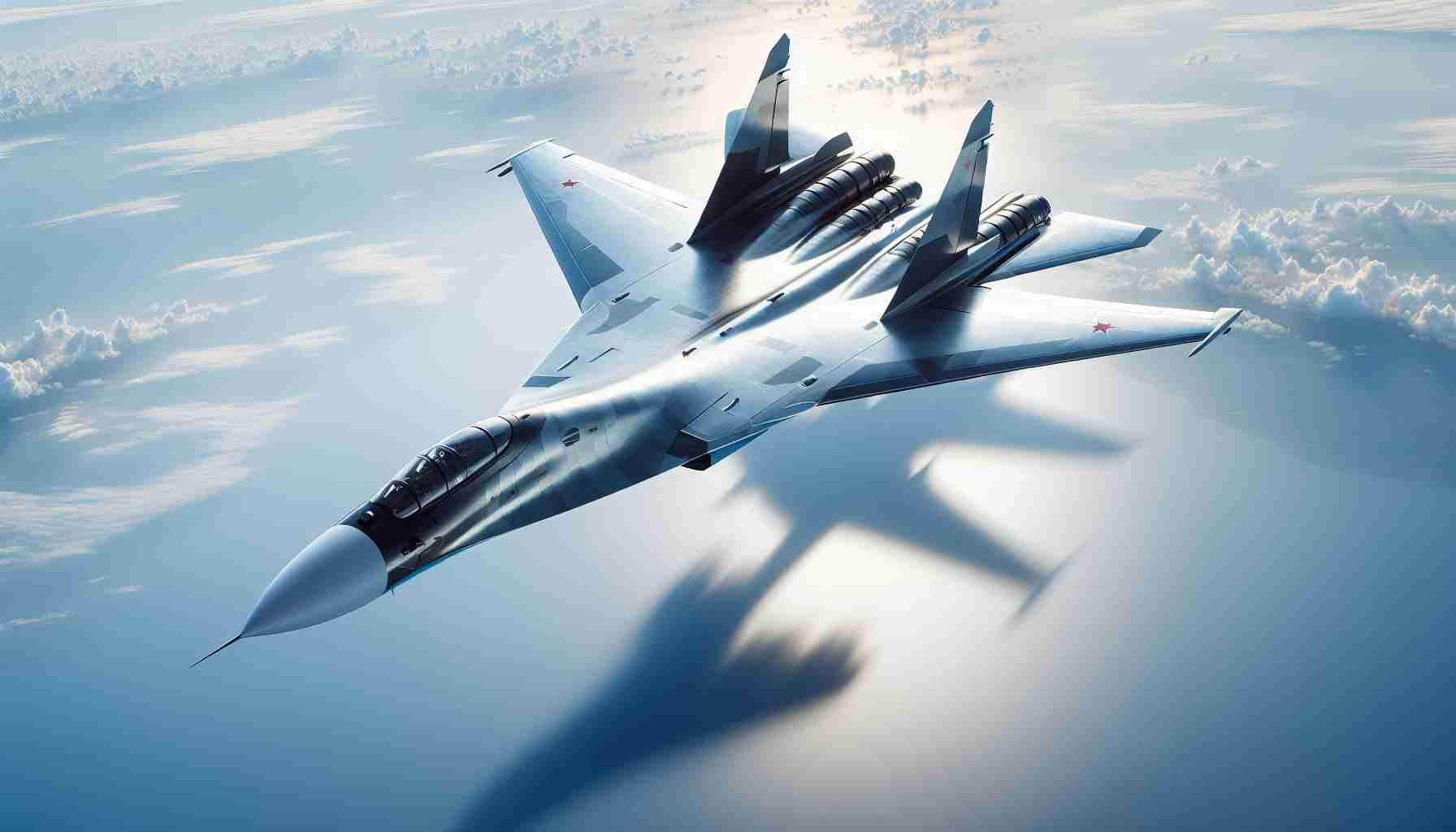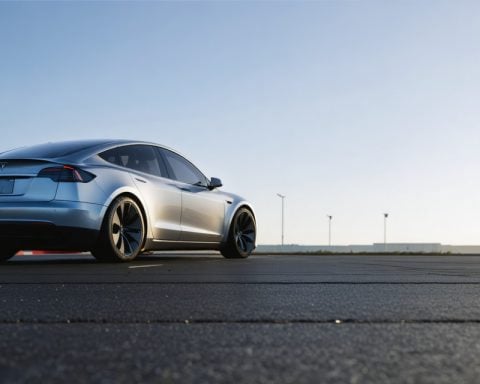- The Su-57 Felon, Russia’s advanced stealth fighter, captivates audiences at a global airshow, rivaling the American F-35 and F-22 models.
- This jet combines high-speed capabilities with AI-powered avionics for target recognition and autonomous piloting, pushing the boundaries of modern aviation.
- Its stealth features, using composite materials and plasma technology, aim to compete with established American standards, though doubts persist.
- The Su-57’s affordable pricing could shift global military procurement, especially for countries facing Western embargoes, despite potential geopolitical ramifications.
- AI integration in combat raises ethical concerns and could influence warfare norms, emphasizing the need for new regulations amid rising tensions.
- This development challenges the world to balance military advancement with diplomatic efforts to navigate unprecedented geopolitical challenges.
Russia’s groundbreaking stealth fighter jet, the Su-57 Felon, recently dazzled audiences at the China International Aviation and Aerospace Exhibition, sparking waves of intrigue across the globe. This cutting-edge aircraft seeks to shake up the world of military aviation, challenging heavyweight contenders like the American F-35 Lightning II and F-22 Raptor.
Speed and Technology: A New Frontier or Flawed Premise?
The Su-57 isn’t just about blistering speed, capable of reaching a maximum of 1,616 mph. This jet is a marvel of modern engineering, boasting advanced avionics that include AI enhancements for target recognition and autonomous piloting—a glimpse into the future of warfare. Its stealth technology aims to render it nearly invisible using composite materials and plasma stealth techniques, ostensibly setting a new benchmark. Yet, skeptics wonder if it can truly rival the tried-and-true stealth of its American counterparts.
Global Reach: Redefining Military Landscapes
As international eyes scrutinize this Russian innovation, the Su-57 presents tantalizing possibilities on the world stage. Its competitive pricing offers a tempting alternative for nations restricted by Western embargoes, potentially altering the dynamic of global military procurement. However, this opportunity comes with strings attached, raising fears of exacerbated arms races and regional instability.
Prospects and Pitfalls: The Broader Picture
While Russia anticipates economic benefits from increased arms exports, the adoption of AI in combat introduces moral quandaries and exacerbates ethical debates. Heightened global tensions could arise from newfound capabilities spreading across volatile regions.
Future Considerations: Navigating Complex Terrains
Will AI’s integration in jets redefine warfare norms, and can new guidelines avert risks posed by advanced military tech? As the Su-57’s shadow looms large, the world is forced to contemplate a future where military innovation and diplomacy intersect in unprecedented ways, shaping our geopolitical landscape for decades to come.
Explore the implications of this technological marvel as it edges us closer to an era where stealth and AI potentially redefine military prowess.
Unveiling the Real Impact of Russia’s Su-57 Felon in Global Military Aviation
How Does the Su-57 Stack Up Against Other Stealth Fighters?
Specifications and Features
The Su-57 Felon features state-of-the-art innovations that elevate its position among stealth fighters. It is equipped with fifth-generation technology, inclusive of integrated avionics, advanced sensors, and the ability to engage multiple targets simultaneously. Unique features involve its supermaneuverability, facilitated by thrust-vectoring nozzles, and its sophisticated weapons bay capable of housing both air-to-air and air-to-ground missiles.
Comparisons to Competitors
When compared to the F-35 Lightning II and F-22 Raptor, the Su-57 holds the advantage of supermaneuverability but somewhat lags in stealth capabilities, according to some defense analysts. The F-22 retains a superior stealth coating and radar evasion technology, whereas the F-35 offers better versatility and electronic warfare systems. Yet, the Su-57’s cost-effectiveness may offer an edge in specific markets.
What are the Key Market Forecasts for the Su-57?
Market Analysis
With its competitive pricing, the Su-57 is poised to capture a significant portion of emerging markets, especially in countries under Western sanctions. Russia is targeting countries in Asia, Africa, and Latin America to expand its global military footprint. The aircraft’s ability to operate in diverse environments adds to its appeal, potentially increasing its demand.
Predictions
Industry forecasts suggest a moderate increase in the procurement of Su-57 units over the next decade. Russia emphasizes rich export deals that could offset production costs and further legitimize the Su-57’s standing in global market competition. However, international sanctions and limited production rates may cap its growth.
How Might AI and Stealth Technology in the Su-57 Influence Future Warfare?
Innovations in AI and Stealth
The integration of AI in the Su-57 is expected to advance combat operations by enhancing target recognition and enabling semi-autonomous piloting. This could shift the paradigm of air superiority, where human decision-making is augmented or partially replaced by AI systems.
Security and Ethical Controversies
The use of AI and stealth technologies raises significant security and ethical concerns. Questions about autonomous decision-making in life-or-death situations put pressure on global regulations and ethical guidelines for military applications. Emerging norms will require balancing innovation with ethical use.
Rostec Corporation







